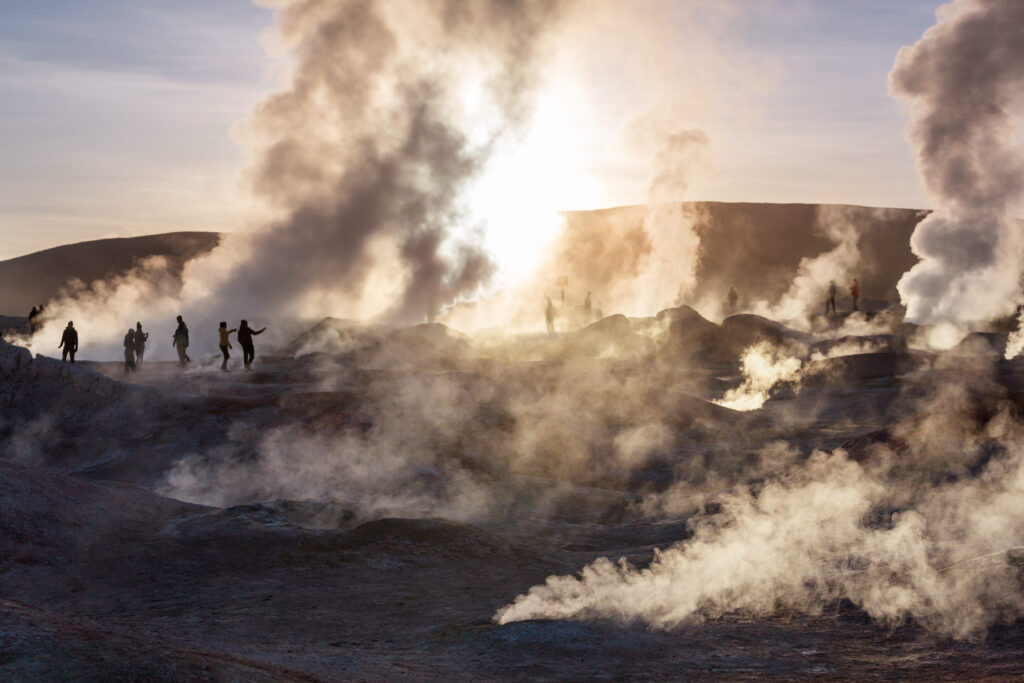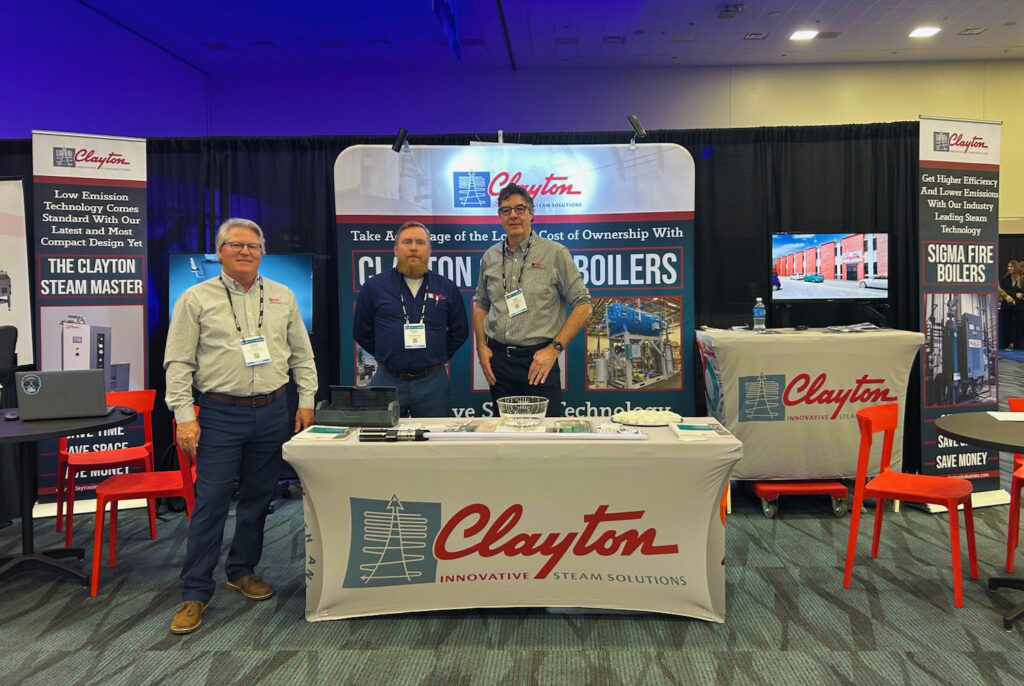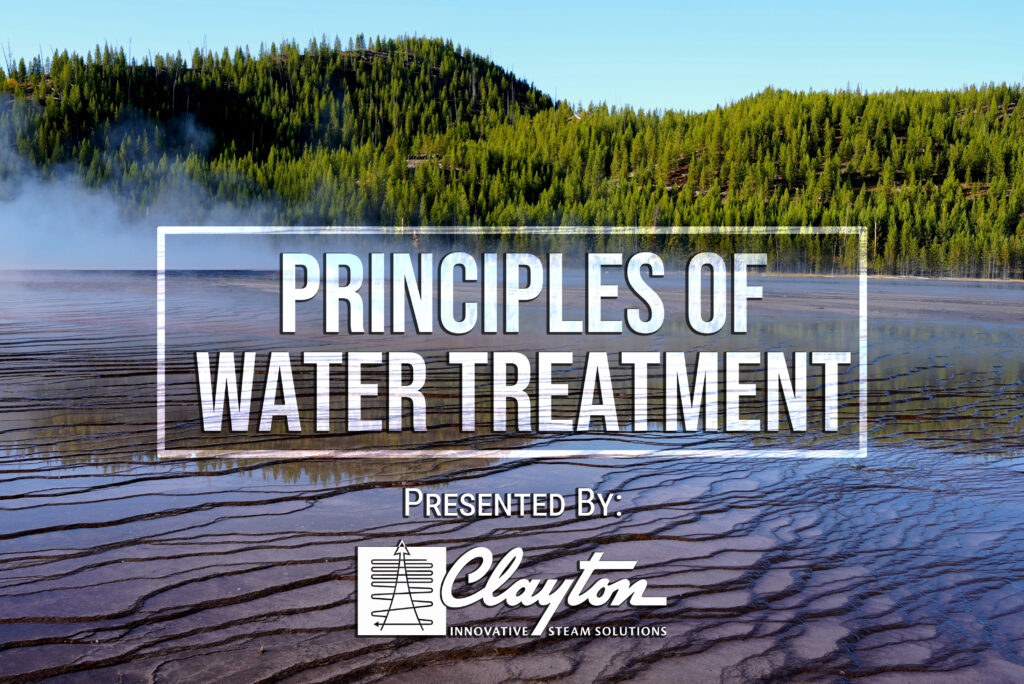
When the topic of boiler operation is discussed, feedwater is an often-overlooked area. Despite being a vital part of any steam system, discussion of boiler efficiency, fuel savings, and general maintenance tend to dominate the conversation. While these topics are important, it in no way minimizes the importance of maintaining proper feedwater treatment practices, especially when you consider that most boiler shutdowns can be traced back to poor feedwater practices. Summed up, the quality of your water has a direct impact on the quality of your steam, and without taking the proper steps to ensure its treatment, you’re left dealing with low quality steam, poor efficiency, or an outright shutdown. In the following article, we’ll take a look at why water treatment is necessary for any industrial steam boiler system, the dangers of neglect, and the information your supplier should provide to ensure the longevity of your steam system.

How Does Water Become Contaminated?
Water is everywhere, and it covers nearly three quarters of the planet. Water is also an extremely unique substance with regards to it’s solubility. Almost everything on earth is soluble in water to some degree, which means that water regularly absorbs and carries elements of anything that it comes into contact with.
No doubt at some point you’ve learned about the water cycle or had it explained to you. Water that begins in lakes, oceans, or other large bodies eventually evaporates, and returns to the clouds as a vapor, where it is stored. As time passes that water once again falls to the earth in some form of precipitation and is carried by streams, rivers, and other means back its starting point, where the cycle repeats itself once again.
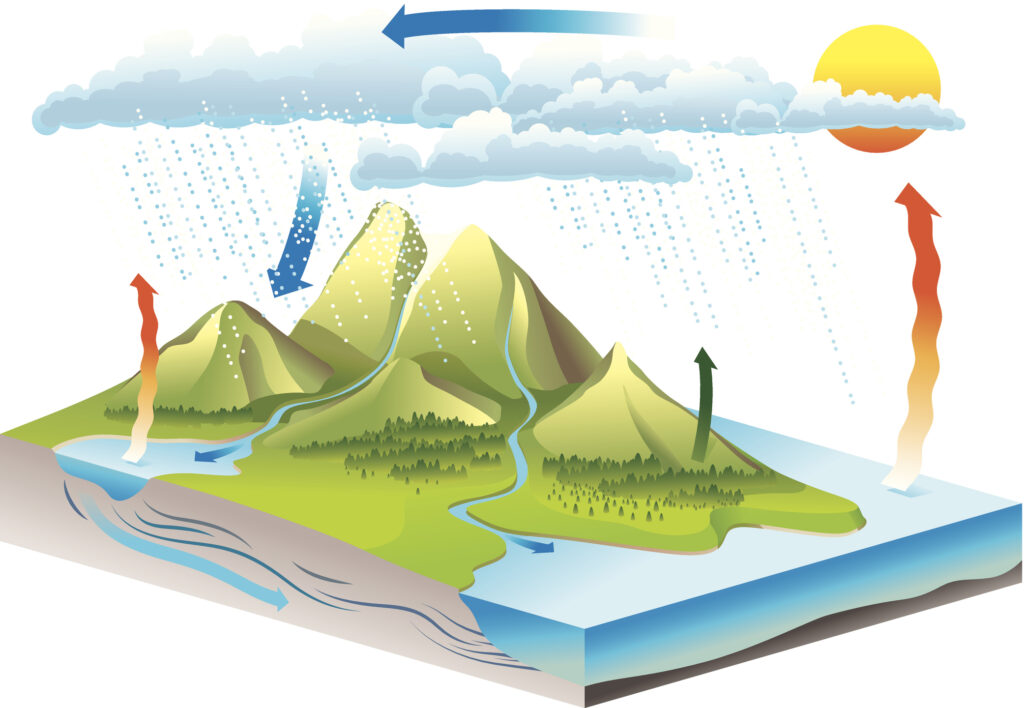
What is not often explained, is that at every stage of this cycle, water is exposed to contaminants, making chemically ‘pure’ water an extreme rarity in nature. As water reaches its vapor state, it may encounter trace elements of dust or dissolved gasses, carrying them into the clouds as it rises. When this water descends through the atmosphere, it encounters gases such as oxygen, nitrogen, or carbon dioxide. When water finally reaches the ground, it is once again exposed to a wide range of substances as it makes its way back to its original location.
The conditions of the environment that water passes through will play a large part in what kind of contaminants a water source will carry. For example, rainfall in a rural area will likely be exposed to less gases or other emissions then that which occurs close to a major population center. Additionally, water that passes through an underground river will carry high amounts of trace elements gathered from minerals, as opposed to that which passes above ground, which is more likely to have been exposed to organic matter or industrial pollution.
As a result, the water that is being delivered to your plant is no longer a simple mixture of oxygen and hydrogen, but is has transformed into a complex combination that contains traces of all the substances it encountered on its journey, and will vary drastically from one location to the next.
Results of Neglect
These impurities, unsurprisingly, can pose a serious threat to the internal components of your steam system, but what exactly is the result if left untreated? For an answer, we’ll look at a few of the more common results of improper feedwater practices and their underlying causes.
Scale
Let’s start with one of the most common and most problematic ailments a boiler system can face: scaling. Scaling is a direct result of excess water hardness and a failure to correct it. Hardness itself refers to the amount of dissolved minerals present within your feedwater, including calcium, magnesium, iron, and other naturally occurring elements. These impurities, as well as other trace minerals, are typically referred to as Total Dissolved Solids, or TDS for short.
Hardness is typically introduced to a source of water as it moves through soil and rock, dissolving traces of naturally occurring minerals and absorbing them. As a result, water sourced from underground reservoirs or from areas with an abundance of natural rock typically contains higher levels of hardness due to its exposure. You’ve no doubt experienced the minor effects of water hardness in daily life. Perhaps from the sensation of a ‘film’ after washing your hands, or spots of white residue left on dishes after they’ve been cleaned. Both are the result of excess dissolved minerals in your water supply.
High TDS levels can be especially problematic in a boiler system. As water makes its conversion to steam, these excess minerals are left behind, similar to the residue on plates that was discussed earlier. This will begin to form a buildup that will stick to the internal components of your boiler system, especially on heat exchangers and inside pipes. This buildup, referred to as scale, acts as a natural insulator that slows the transfer of heat. The result is a significant drop in efficiency, as your boiler will require more and more fuel to produce the same amount of steam, causing your operation costs to climb. Scale inside of pipes can eventually build to the point of a complete blockage, shutting down your entire operation.
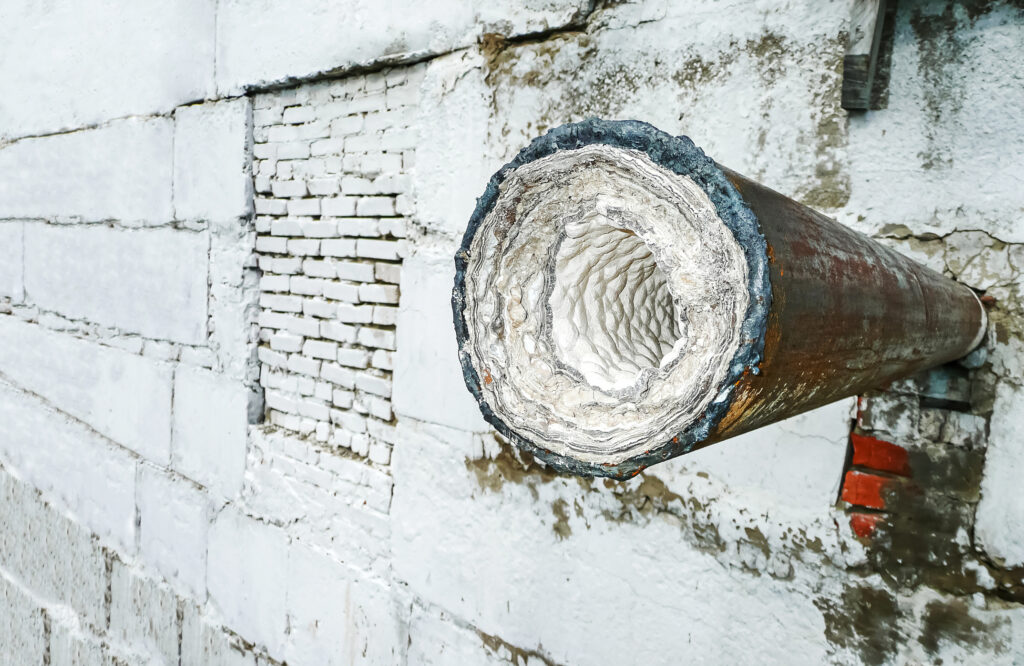
Oxygen Pitting
Oxygen occurs naturally within water, as the chemical bond between two parts of hydrogen and one part of oxygen at molecular level forms water. Given this foundation, the presence of oxygen within water comes as no surprise. However, what is of concern is the level of Dissolved Oxygen present in a supply of water, which refers to any additional oxygen that is not bonded with hydrogen atoms. Regulation of dissolved oxygen is of immense importance when it comes to the longevity of your boiler system.
Dissolved Oxygen typically becomes entwined with water in one of three ways, the first of which being natural aeration. Aeration occurs anytime water comes in contact with air, which, unsurprisingly, is quite often on the surface of any body of water. While this can occur across a still body of water, the effect is magnified with moving water, such as the case with rapids, waves, waterfalls, or other forms of turbulent water. Dissolved oxygen can also enter water through organic matter. Any vegetation growing beneath the surface of the water that is still exposed to sunlight will naturally release oxygen through photosynthesis. The process of rot also naturally creates excess oxygen, so any decaying organic material that lies submerged is also a significant contributor to dissolved oxygen levels.
The reason excess oxygen is of such a high concern is that it has a highly corrosive effect in the presence of metal, especially at high temperatures. Left untreated, this corrosion can be catastrophic. Inside your boiler, this results in localized damage in which oxygen ‘eats away’ at internal components.
The resulting damage can cause a wide range of ailments depending on its location and the design of your boiler. Efficiency can be negatively impacted, or your water can become contaminated by the decaying metal. In some extreme cases, this can even result in a rupture.
Carbonic Corrosion
Carbonic Corrosion is a situation that occurs in a boiler system due to a buildup of excess carbon dioxide. Carbon dioxide enters a water supply in a similar fashion to oxygen, often through contact with turbulent surface water, where it will remain in a dissolved state. However, carbon dioxide is of a major concern in your condensate return lines.
Unlike dissolved solids, dissolved carbon dioxide can be carried by steam in its gaseous form. As steam travels through your system, some of it will inevitably return to water, but ideally this condensate is captured and returned to your system, since condensate is in essence heated and treated water.
However, since this treated water is so pure, it takes very little carbon dioxide to turn it into a corrosive agent known as Carbonic Acid, which results in literal acid being carried through your condensate lines, contaminating your returns and introducing new impurities.
Blockages
As the name implies, this refers to anything physically blocking the flow of water in your steam system. While scale certainly applies, another cause of blockages are suspended solids that have entered your system. Whether this results from suspended solids making their way in from the outside world, or a damaged internal component breaking free, blockages in your system can bring your entire steam production to a halt.
Feedwater Treatment And Questions For Your Supplier
Despite the dangers listed above, the good news is that these issues can be easily prevented with good feedwater treatment. Removing all impurities from the boiler water is, unfortunately, an impossibility. However, enough can be removed to prevent damage and ensure a long life for your steam system.
The concept of feedwater treatment is simple, as it entails introducing various chemical cleaning agents to your feedwater at several stages to purify your water and remove as many undesirable qualities as possible, such as dissolved solids, oxygen, or carbon dioxide. The extent of this can vary greatly depending on your geographic location, industry, and other individual needs, but typically involves treatment as makeup water enters your system, with additional treatment taking place in your feedwater tank, where makeup water and condensate returns are mixed and preheated. Since the total removal of contaminants isn’t possible, your boiler will operate on what is referred to as tolerances. This refers to an acceptable number of impurities, expressed in TDS, that your boiler can operate under without sacrificing efficiency or causing lasting damage to your internal systems.
If you are considering the purchase of a new industrial steam boiler system, it is worthwhile to ask your potential supplier about their feedwater treatment plan and boiler tolerances. If your supplier is reputable, they will be able to provide not only their feedwater tolerances, but outline an effective water treatment plan, provided by the supplier themselves or from a reliable third-party company. If your potential new boiler can tolerate higher TDS levels then a competitor, then it will require less feedwater treatment. The reduction in use of chemicals, water, and fuel, results in much greater savings. And if that same supplier is vague about their treatment plan, or recommends an overly expensive solution, it may raise additional questions about their product’s reliability.
While there is certainly more to learn regarding water treatment, you are now equipped with an introduction to the basic principals and the importance of regular water treatment, and how it directly effects your steam system, as well as some direct questions questions to ask of your supplier. With this information in mind, you’re on your way to an efficient and long-lasting boiler system.


